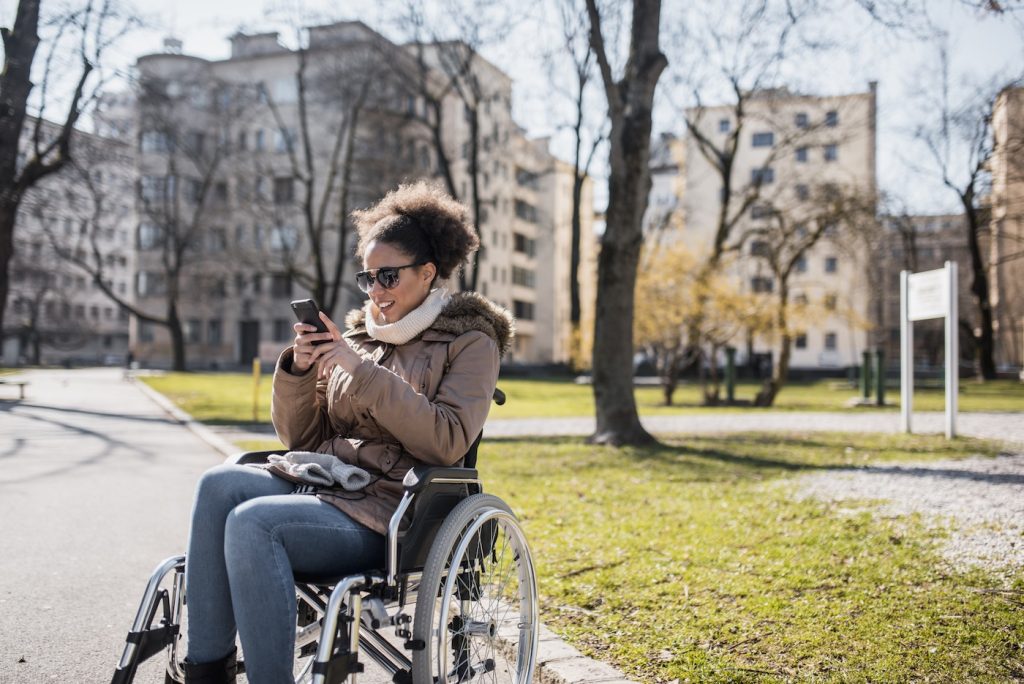Because the COVID-19 threat is still present, it is crucial that people with special needs have access to alternative forms of communication besides only face-to-face meetings. Because there is such a wide range of disabilities and special requirements, the functions a phone must have to accommodate your child will be very different from those required by the average person. A child with low vision, for instance, could benefit from a phone that can be activated solely through voice. The following are examples of features that may be included in a phone designed to be used by individuals with disabilities:
Doro
The Doro phone is well-known for its user-friendliness because to its big buttons, good contrast, and crystal-clear sound. They offer a simplified smart phone experience ideal for seniors and kids with special needs. Doro’s goal is to create phones that simplify regular tasks. Children and adults who have trouble seeing, hearing, or reading and writing love these phones. The Doro phone has large displays, powerful speakers, and an emergency call button that dials a preprogrammed number. In addition, it can be used with a hearing aid, includes resizable fonts, predictive text, and spoken digit pads. If you’re already comfortable with an Android setup, you can select that as your preferred user interface. The Doro smartphone also features fingerprint security, Google Now integration, and step-by-step phone lessons.
KISA
The KISA phone was created with wide availability and low cost in mind. It’s designed to help the disabled and the weak live more independently by providing them with a GPS tracking service and a lanyard to keep them safe from theft or injury in the case of a fall. Made to order, the KISA phone can be personalized with huge contact buttons featuring the photos or names of family members, allowing the child to quickly and simply place an emergency call. The KISA phone also has a medical alert and contact number display area on the back of the device. A loudspeaker, long battery life, and a convenient charging stand are also included in the phone’s design. KISA also produces phones with a brail option for the visually handicapped, those with arteritis, or dementia.

Jitterbug Smart
Jitterbug is a simple mobile phone similar to Doro. The Jitterbug phone has a simple interface, on-screen instructions to assist your child operate it, and an emergency button for peace of mind. Jitterbug has a 6.2-inch screen, supports voice typing, and has menus that are laid out in a list format for ease of use. Long-lasting battery, “How-to” manuals, video chat, urgent response button, fall detection, user-friendly maps, powerful speakers, magnifier, and flashlight are also included.
It’s possible that an emergency phone is all that’s required, given the person’s current level of functioning. While many people get help through special-needs apps and online communities, some don’t. While some kids could get too absorbed in the screen, having a phone could give another kid an opportunity to connect with friends. In the end, it’s up to the individual to determine what they need. We hope you found the information you were looking for regarding Phones for people with disability in this article.


